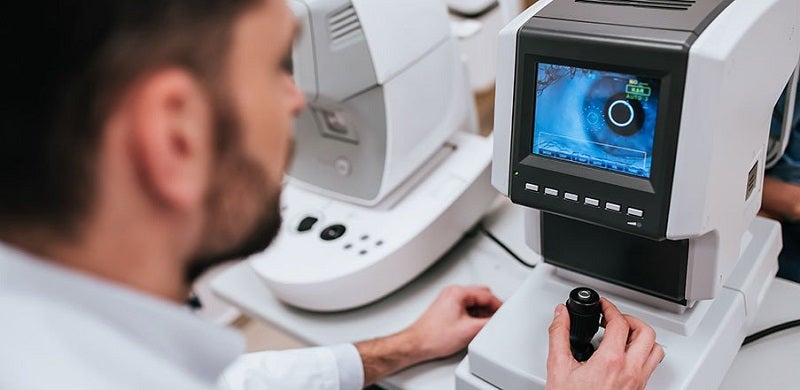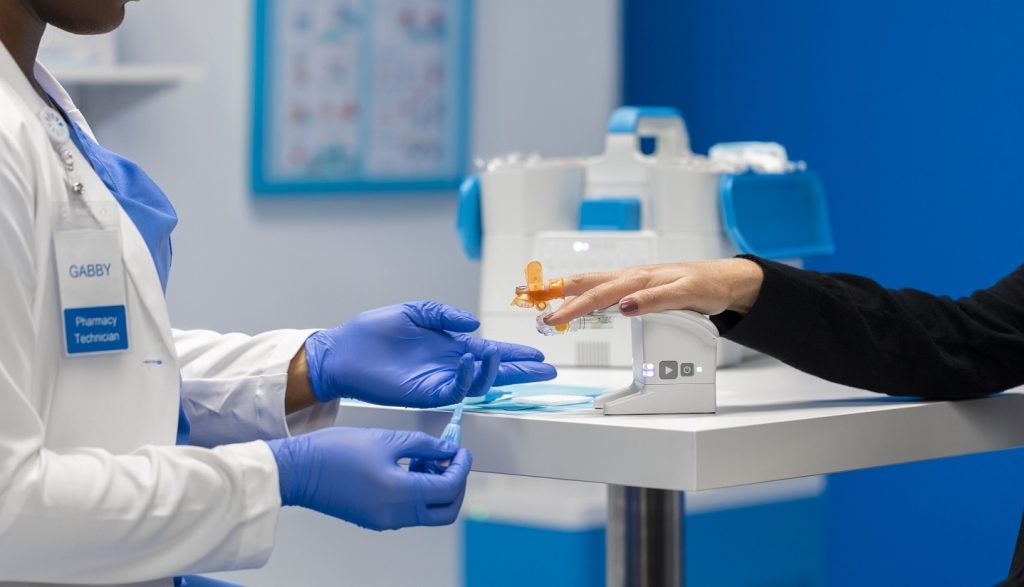
A research group at Tohoku University in Japan has developed a new deep learning (DL) model that enables automated screening of common eye disorders.
The new lightweight DL model has been designed to identify disease-related features using eye images.
It can be trained with a small number of images, including those with high levels of noise, and can be used on mobile devices.
Tohoku University noted that DL algorithms are generally task-specific and can identify general objects, such as animals, humans or road signs.
Disease diagnosis using DL models requires measuring tumours, tissue volume or other abnormalities accurately, which can provide self-monitory and tele-screening of diseases.
See Also:
The model can look at separate images and mark boundaries in a process called segmentation.
How well do you really know your competitors?
Access the most comprehensive Company Profiles on the market, powered by GlobalData. Save hours of research. Gain competitive edge.

Thank you!
Your download email will arrive shortly
Not ready to buy yet? Download a free sample
We are confident about the unique quality of our Company Profiles. However, we want you to make the most beneficial decision for your business, so we offer a free sample that you can download by submitting the below form
By GlobalDataAdditionally, accurate prediction requires high computational output, with rendering being difficult to deploy on mobile devices.
The team obtained the measurements of the foveal avascular zone with the help of low-resource devices to improve screening for glaucoma.
The foveal avascular zone is a region with the fovea centralis at the centre of the retina.
Tohoku University Department of Ophthalmology professor and co-author of the study Toru Nakazawa said: “There is always a trade-off between accuracy, speed and computational resources when it comes to DL models.
“Our developed model has better segmentation accuracy and enhanced model training reproducibility, even with fewer parameters – making it efficient and more lightweight when compared to other commercial softwares.
“Our model is also capable of detecting/segmenting optic discs and haemorrhages in fundus images with high precision.”
The team aims to deploy the lightweight DL model for screening other common eye disorders and diseases in the future.






